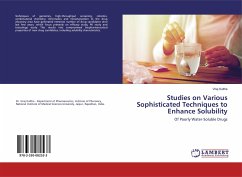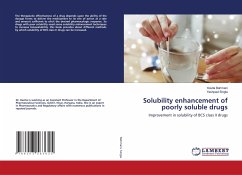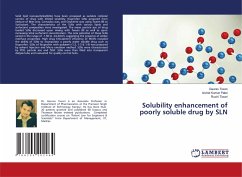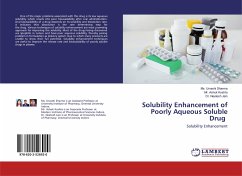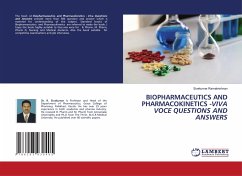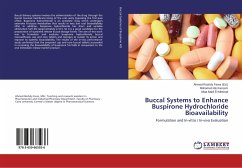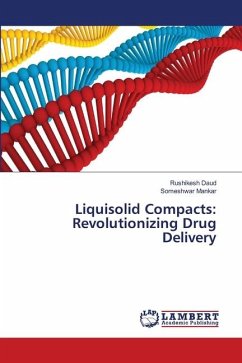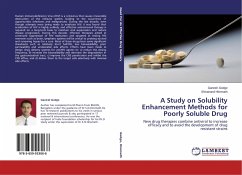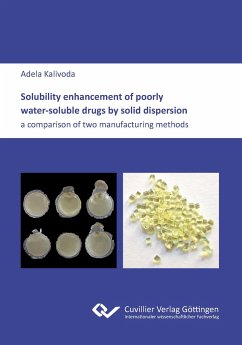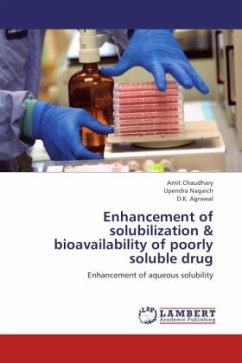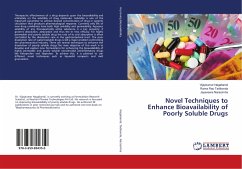
Novel Techniques to Enhance Bioavailability of Poorly Soluble Drugs
Versandkostenfrei!
Versandfertig in 6-10 Tagen
49,99 €
inkl. MwSt.

PAYBACK Punkte
25 °P sammeln!
Therapeutic effectiveness of a drug depends upon the bioavailability and ultimately on the solubility of drug molecules. Solubility is one of the important parameter to achieve desired concentration of drug in systemic circulation that produces pharmacological response. Currently only 8% of new drug candidates have both high solubility and permeability. Aqueous solubility of any therapeutically active substance is a key property; it governs dissolution, absorption and thus the In Vivo efficacy. For highly permeable and poorly soluble drug the rate of its oral absorption is often controlled by ...
Therapeutic effectiveness of a drug depends upon the bioavailability and ultimately on the solubility of drug molecules. Solubility is one of the important parameter to achieve desired concentration of drug in systemic circulation that produces pharmacological response. Currently only 8% of new drug candidates have both high solubility and permeability. Aqueous solubility of any therapeutically active substance is a key property; it governs dissolution, absorption and thus the In Vivo efficacy. For highly permeable and poorly soluble drug the rate of its oral absorption is often controlled by the dissolution rate in the gastrointestinal tract. The poor dissolution rate of waterinsoluble drugs is still a major problem confronting the pharmaceutical industry. There are several techniques to enhance the dissolution of poorly soluble drugs.The main objective of this work is to develop and explore new formulations for enhancing the bioavailability of highly permeable and poorly soluble nonsteroidal antiinflamatory drugs like Ketoprofen and Naproxen. To achieve this, it is planned to use different novel techniques such as liquisolid compacts and melt granulation.



